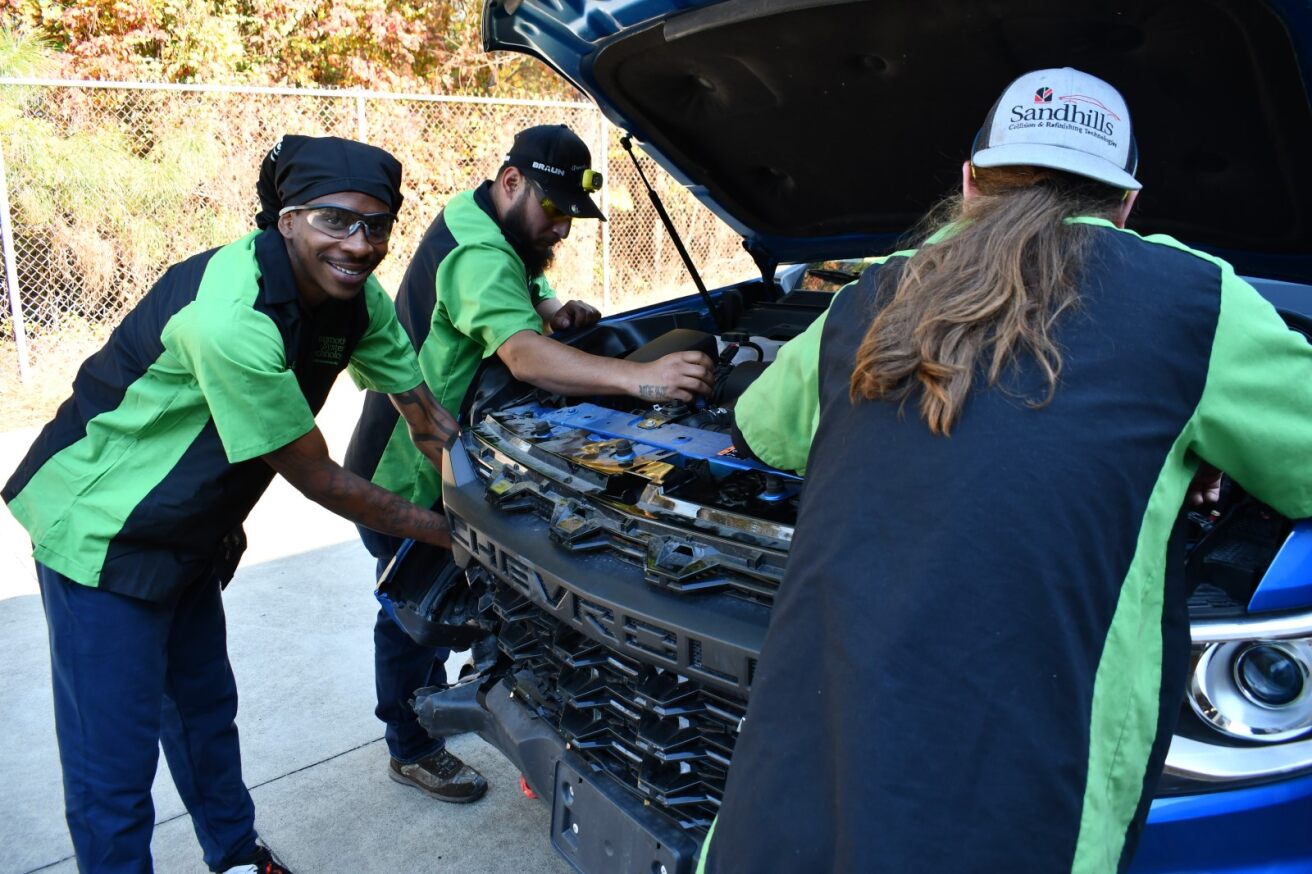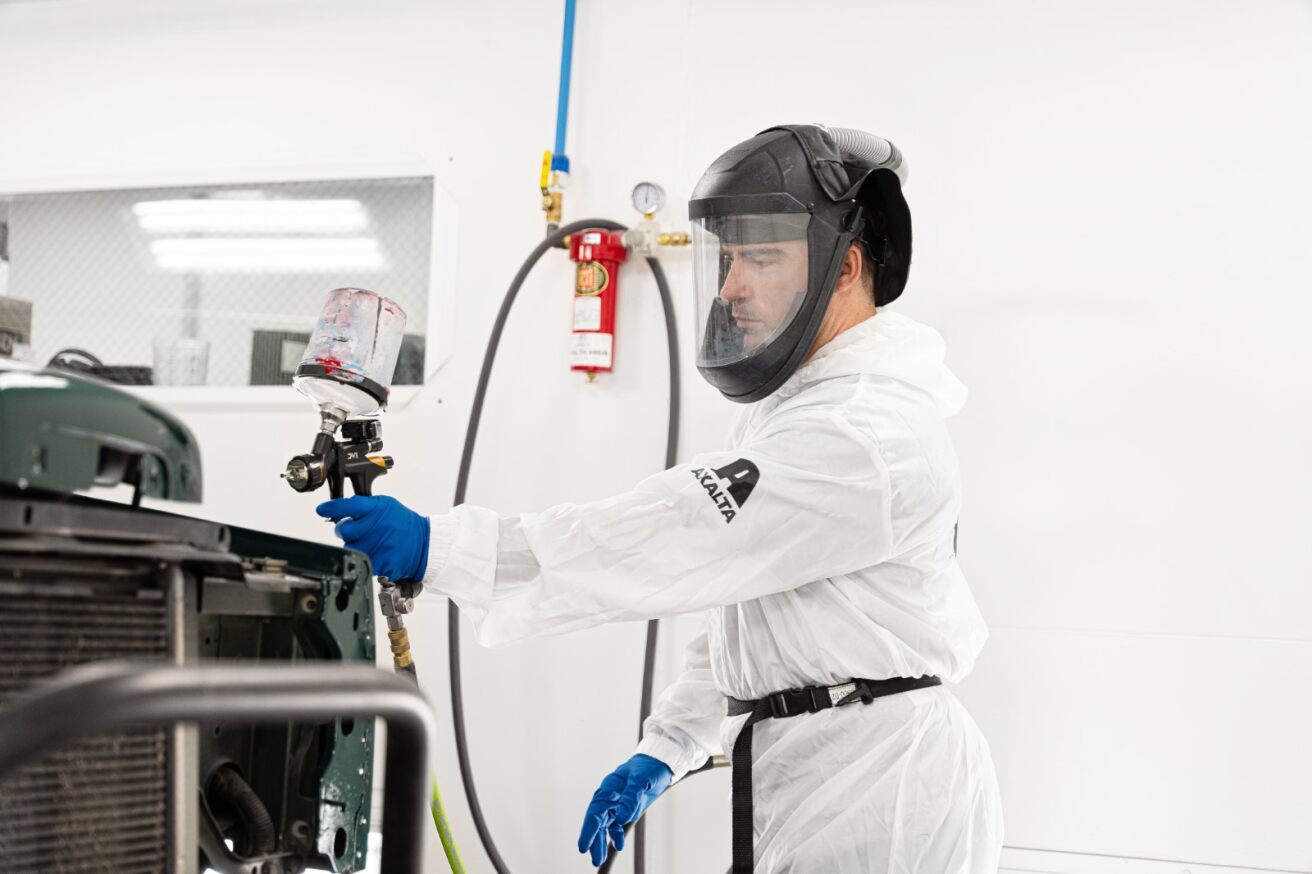
Collision Engineering program expands to Southeast
By onEducation
Enterprise Mobility’s Collision Engineering Program (CEP) will expand to the Southeast next month.
Founded by the Enterprise Mobility Foundation and Ranken Technical College, the goal of CEP is to help fill the more than 110,000 collision technician job openings expected through 2027 through a two-year associate degree model. Students rotate between classroom instruction and a paid apprenticeship in a collision repair facility.
Sandhills Community College in Pinehurst, North Carolina will become the first college in the Southeast to offer the CEP. Brian Garner, Sandhills Transportation Department chair and instructor, reached out to Collision Engineering’s Molly Mahoney to learn more about the program after discovering it at a Southeast Collision Conference.
“The apprenticeship model is the big difference in the two,” Garner said. “That’s the real draw — their connection to the shops and getting them on board.
“We struggle here with automotive — getting more students in collision,” he said. “We just need the help to find the right students. We want to get on board with everybody else. North Carolina’s a little behind times, I think, in the way the program has been run and we needed some help. Collision Engineering sounded like a great resource and they have been.”
The program begins with the fall semester. The first eight weeks will be the CEP model and the next will be the model that Sandhills already has. Enrollment opens April 8.
“Everyone we’ve met down there, whether it’s a potential employer body shop or their entire team; they’re so passionate about not only their students but the industry,” Mahoney said. “That passion and willingness to be something great and jump on board is really why we picked them. It’s been a breeze too because they’re great to work with.”
Collision Engineering is looking to possibly expand into Georgia, Tennessee, and Virginia.
Sandhills currently has 10 students in its program and typically has between 10-15. Garner said plans are in the works to expand the program capacity and he’s excited to see CEP help with that.
CEP is also an opportunity for technicians to pursue a degree, and several shops have paid for tuition in other areas, Mahoney said. Employers in the Sandhills area plan to cover tuition for their techs as well.
Shops in the area, similar to across the country and even worldwide, are understaffed, needing three or four more on the payroll. Garner said because of that shops have told him they’re currently backlogged for months.
“The apprenticeship, I believe, is going to be a huge draw,” he said. “It makes it tough teaching [when] half of them are there for a hobby or trying to figure out what they want to do in life.”
Mahoney added the latter is why the CEP apprenticeship model was created. “You get all these people coming in and they don’t really know what they want to do. They have never worked before and then they don’t want to actually go to work because they have no idea how to do it.
CEP is also available in Nebraska, Missouri, Illinois, California, and Texas.
For more information, visit www.beacollisionengineer.com.
Images
Featured and secondary images: Sandhills Community College collision repair and refinish students learning in the shop. (Provided by Sandhills Community College/Collision Engineering)


